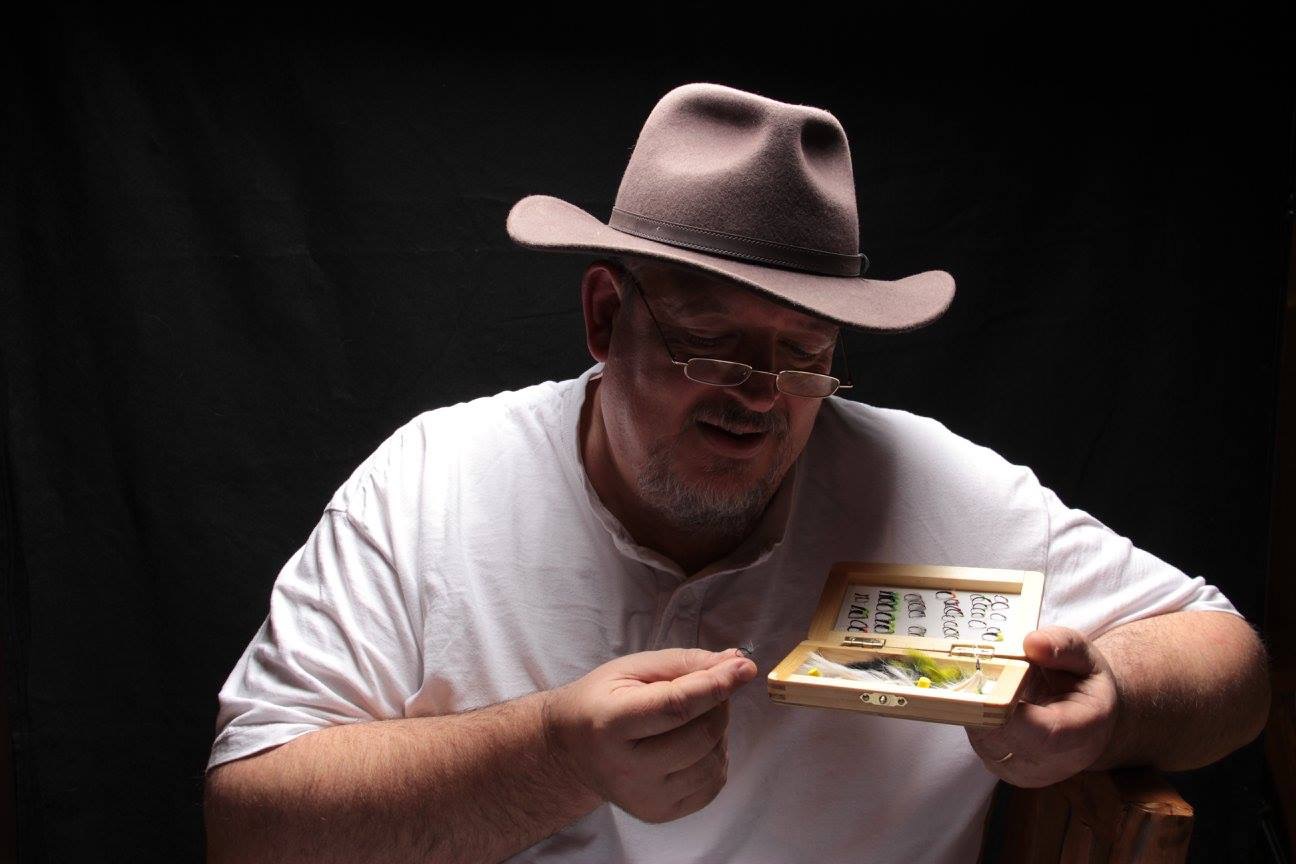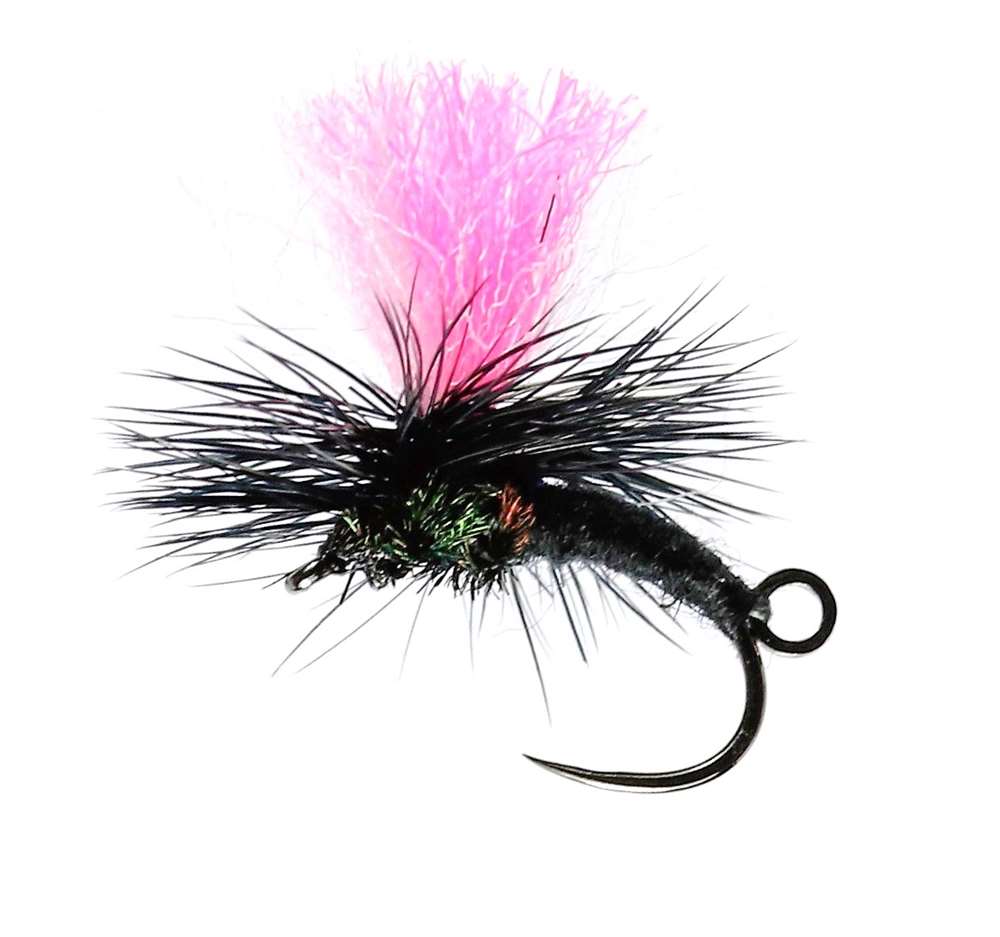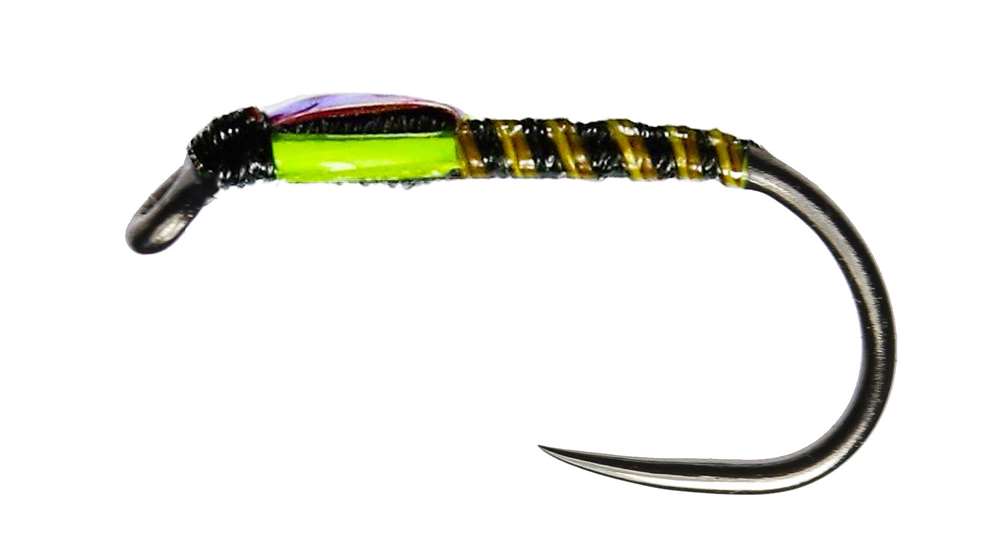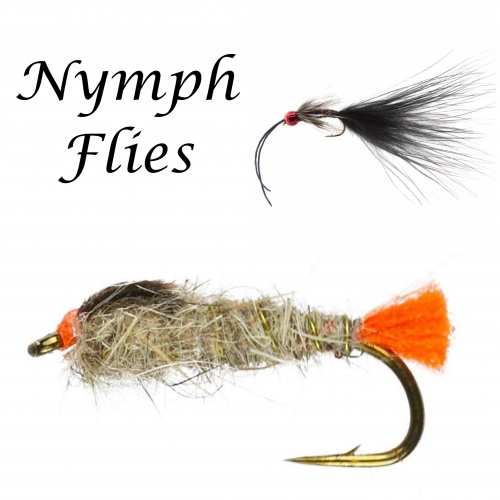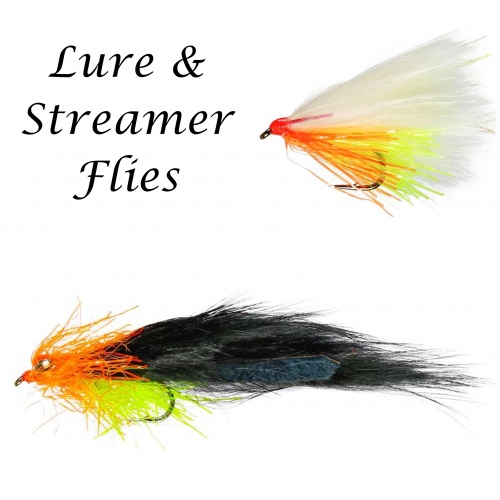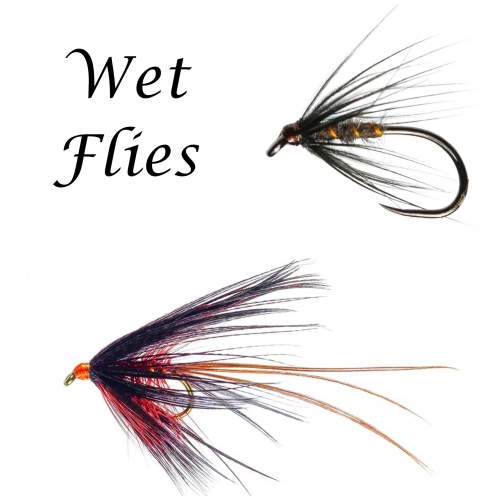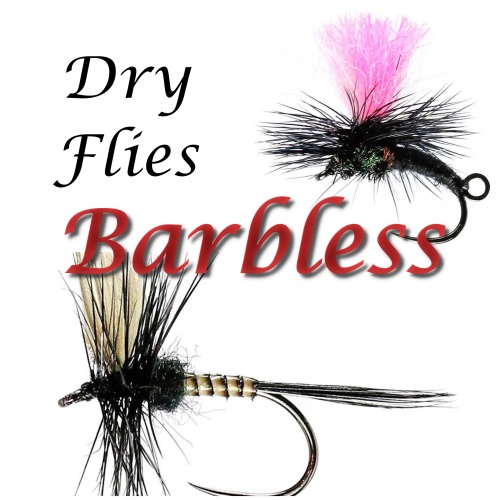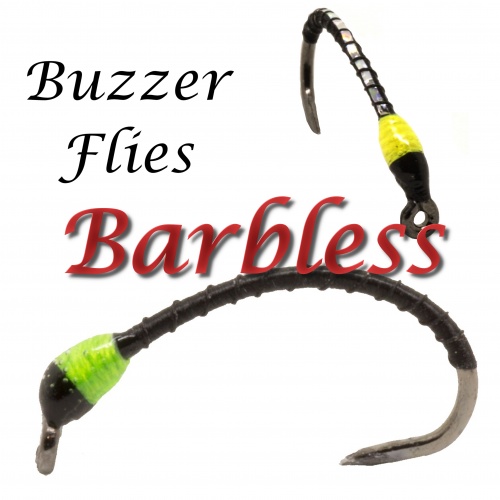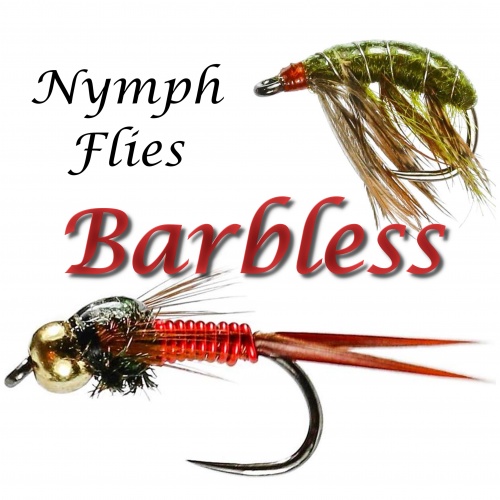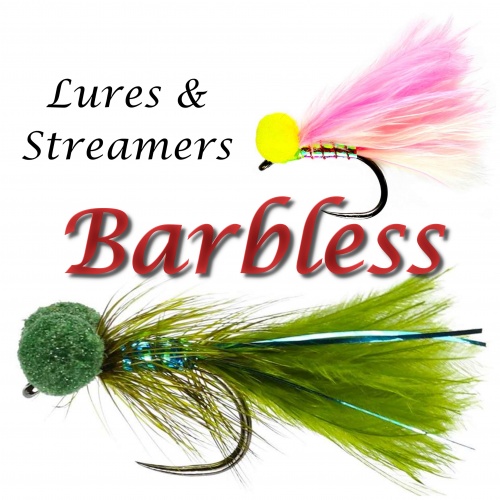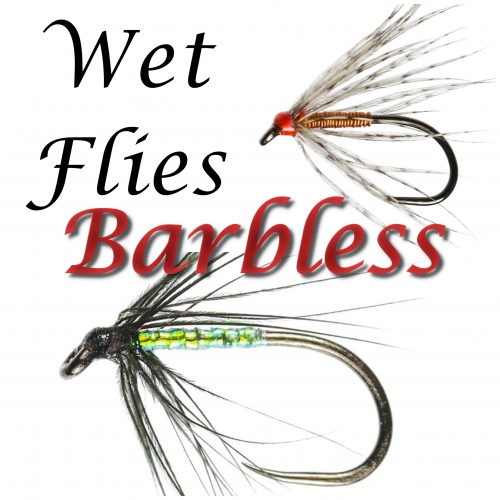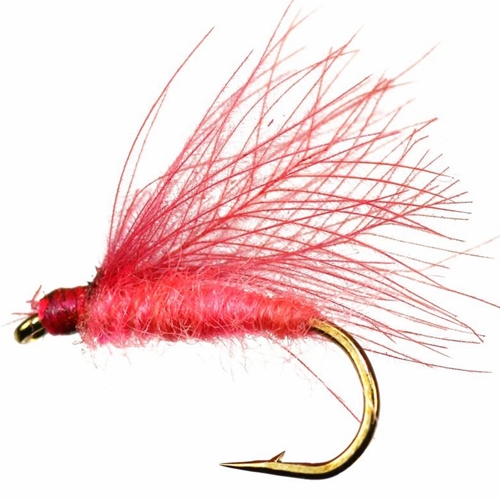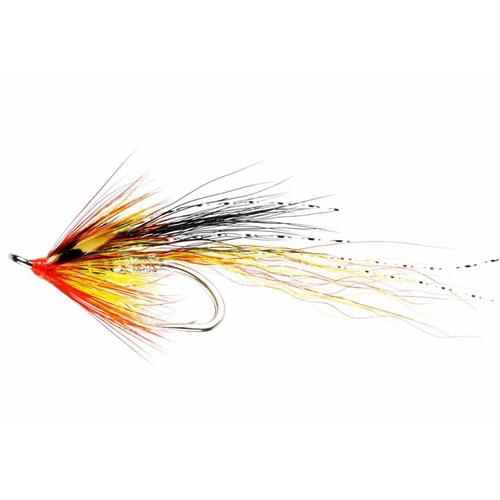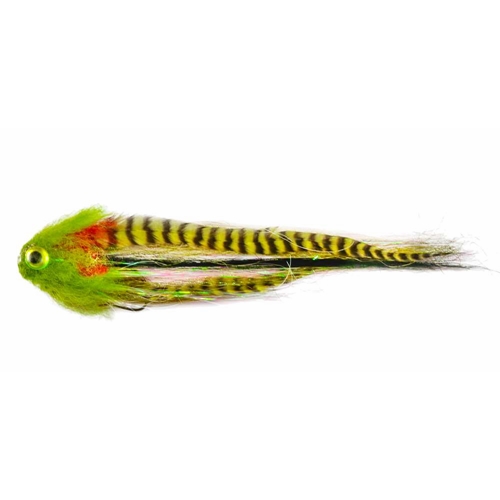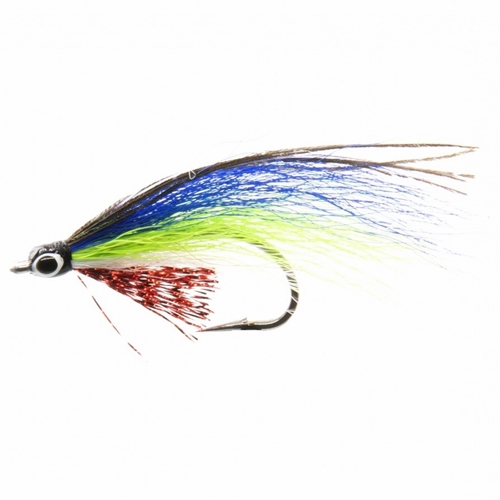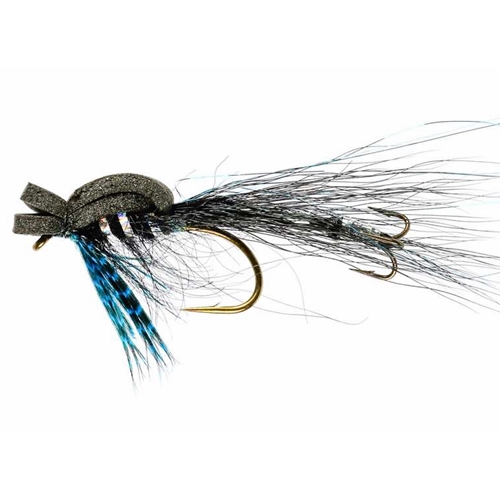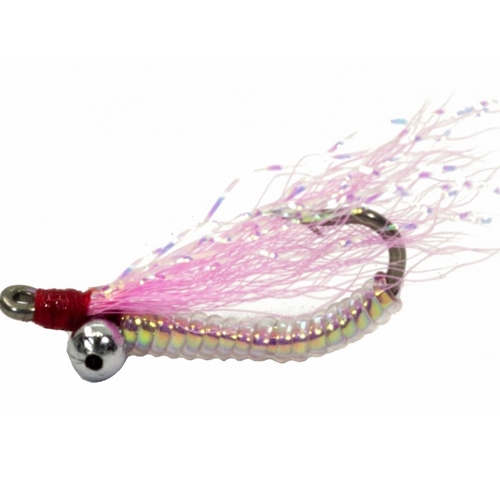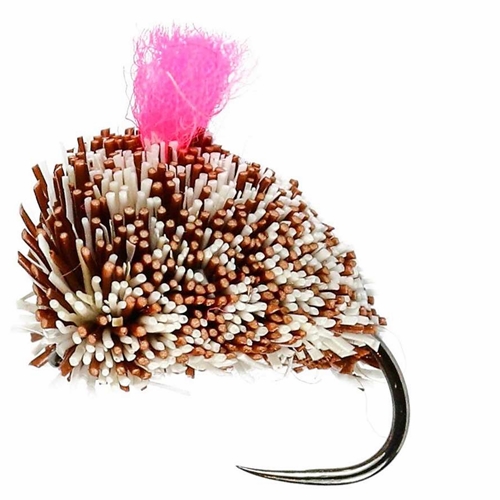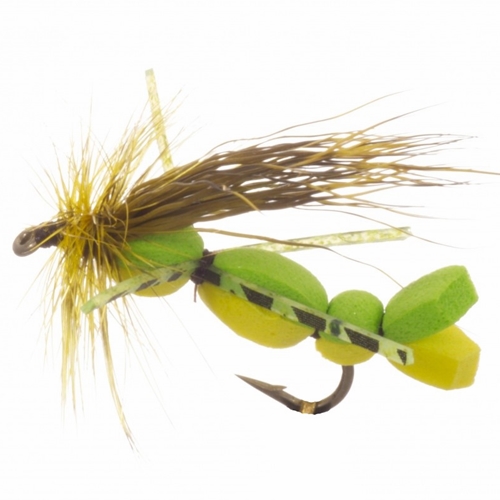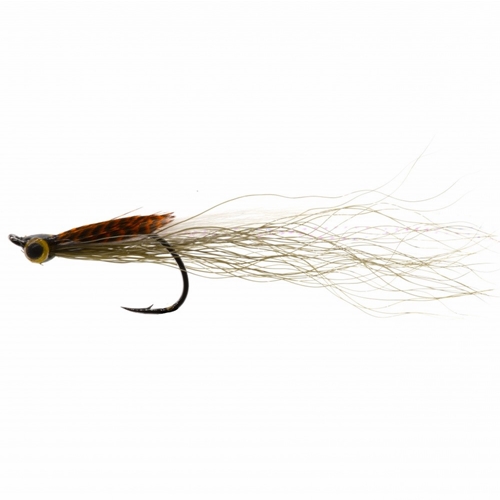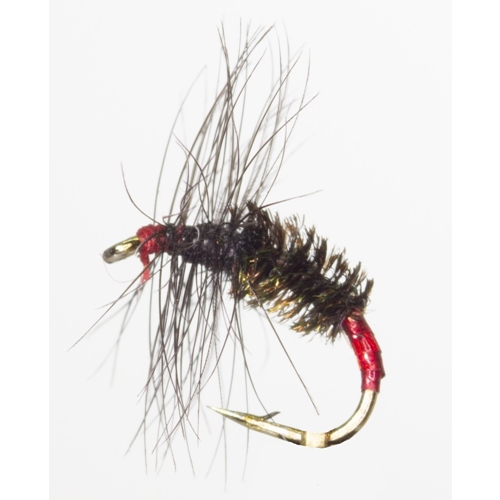 In this, our second instalment about the history and uses of trout fly lures, we’re taking a look at where they come from and how they developed from their point of origin. In the UK anglers have used large streamer-type flies such as the multi-hook Terrors and other types of lure. But most patterns as we know them today originated in America. A high percentage of British lures have been developed or adapted from their American cousins, often without giving their relatives due credit. All but one per cent of British lures are use on stillwaters, though the opposite is the case in the USA where their large flies are used mainly on rivers.
In this, our second instalment about the history and uses of trout fly lures, we’re taking a look at where they come from and how they developed from their point of origin. In the UK anglers have used large streamer-type flies such as the multi-hook Terrors and other types of lure. But most patterns as we know them today originated in America. A high percentage of British lures have been developed or adapted from their American cousins, often without giving their relatives due credit. All but one per cent of British lures are use on stillwaters, though the opposite is the case in the USA where their large flies are used mainly on rivers.
Lures are large flies tied to imitate small fry or baitfish in their local areas. Fly dressers have even copied infant trout and salmon, since in their immature form they are often taken by their adult versions. One group of lures can have such vibrant and vivid colours that they could not possibly be meant to impersonate a single small fish swimming in North American or European waters. The closest kin to these rainbow hued creations are more likely to be found in a tropical coral reef rather than in a domestic stream or lake. Essentially, though, a lure’s purpose is to attract. Trout will attack brightly-coloured flies either from anger or curiosity. And, if the lure is convincingly fish-shaped, the feeding response will be triggered, no matter the colour.
You can find a huge range of trout fly lures on our website – and do give us feedback on our blog to let us know how you fare with them.
